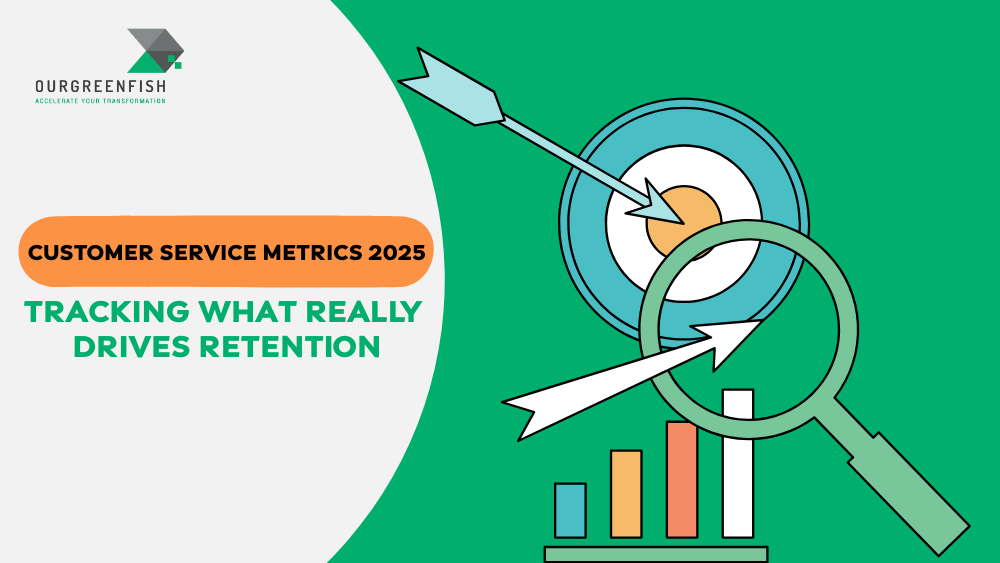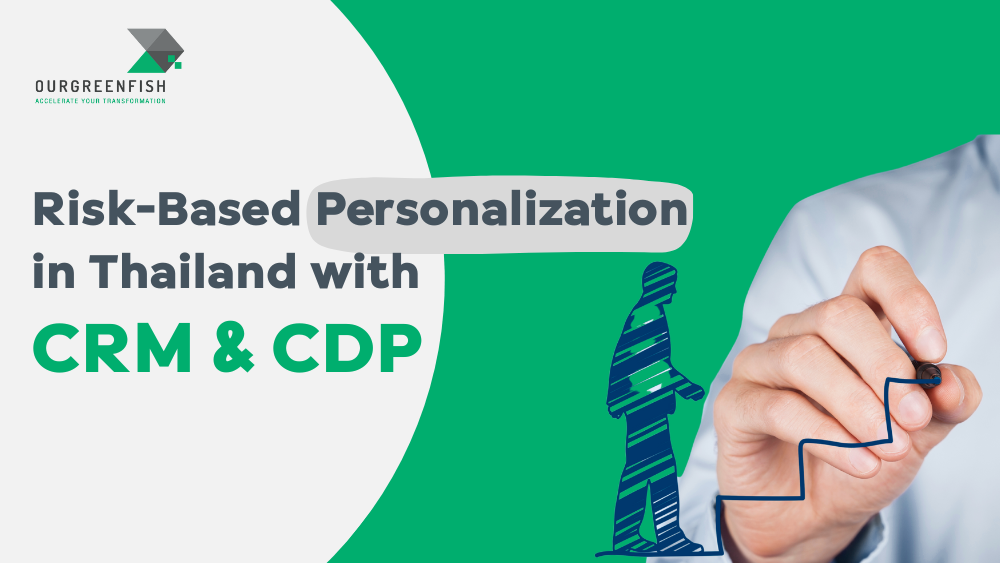The Retention Imperative in Thailand's Digital-First Economy
In Thailand's hyper-competitive, digital-first landscape, the paradigm of customer service has undergone a fundamental transformation. It is no longer a reactive, cost-driven function but the primary engine of sustainable growth. For businesses aiming to thrive leading into 2025, customer retention has become the most critical strategic objective. Passive satisfaction is insufficient; loyalty must be actively engineered through a data-driven, technologically-enabled, and deeply personalized service strategy. This report outlines the evolving customer expectations, the essential metrics for tracking loyalty, and the technological architecture required to win in this new era.
The Anatomy of the 2025 Thai Customer
The modern Thai consumer operates at the intersection of three powerful expectations: immediacy, autonomy, and hyper-personalization. Understanding this triad is the first step toward building a retention-focused service model.
First, the demand for speed is absolute. A striking 82% of customers now expect immediate problem resolution from service agents. This expectation is quantified by the finding that 67% anticipate a resolution in three hours or less, rendering traditional 24-hour service level agreements obsolete.
Second, there is a strong preference for autonomy. The era of the "DIY customer" has arrived, with 78% of CRM leaders acknowledging that their customers prefer to solve issues independently. This is validated by channel preference data, which shows AI chatbots are considered both the most preferred and most effective service channel. Customers value efficiency and control over forced human interaction for routine matters.
Finally, these demands for speed and autonomy are paired with an expectation of profound personalization. Data shows that 78% of customers expect more personalized interactions than ever before. This creates a complex challenge: customers demand the cold efficiency of automation and the warm, contextual awareness of a human who understands their history. The solution lies not in choosing one over the other, but in an integrated "AI + Human" approach where technology handles routine tasks with personalized efficiency, freeing human agents to manage complex, high-value interactions.
The 2025 Metrics Quadrant: A Framework for Retention
To effectively manage this new customer dynamic, leaders are shifting their focus from operational metrics to outcome-oriented KPIs. A survey of CRM leaders reveals a clear strategic pivot, with 31% prioritizing the tracking of Customer Satisfaction (CSAT) and another 31% prioritizing Retention above all other metrics. These leaders understand that the goal is not merely to be efficient, but to be effective at keeping customers.

The four key metrics for 2025—CSAT, Net Promoter Score (NPS), Resolution Time, and Retention Rate—do not exist in isolation. They form a predictive causal chain:
- Resolution Time: This is the foundational experience metric. Meeting the customer's expectation for a swift resolution directly impacts their immediate perception of the service quality.
- Customer Satisfaction (CSAT): A direct outcome of a fast and effective resolution, CSAT serves as a real-time diagnostic of individual interaction quality.
- Net Promoter Score (NPS): Consistently high CSAT scores over time build trust and positive sentiment, which translates into a higher NPS, a powerful predictor of long-term loyalty and brand advocacy.
- Retention Rate: The ultimate business outcome. A high NPS is a leading indicator of a strong Retention Rate, which directly quantifies the financial success of the entire service strategy.
Managing these metrics as an interconnected system allows businesses to diagnose issues at their source—for instance, tracing a dip in retention back to an increase in resolution times—and take corrective action.
The AI Imperative: Powering Service at Scale
Artificial intelligence is the enabling technology that makes it possible to meet these demanding expectations and effectively manage the metrics quadrant at scale. Its impact is threefold.
First, AI is an unparalleled efficiency multiplier. An overwhelming 92% of CRM leaders report that AI has improved their customer service response times, and 77% believe AI will handle the majority of ticket resolutions by 2025. For businesses in Thailand facing rising ticket volumes—a reality for 75% of CRM leaders—AI is a strategic necessity for scalable operations.
Second, AI is a personalization engine. It resolves the customer expectation paradox by enabling personalization at scale, with 86% of leaders stating that AI makes customer correspondence more personalized.
However, the deployment of AI is not without challenges. A significant trust deficit exists, with many customers uncomfortable sharing personal data with AI. The path to overcoming this is through transparency. Research shows that 42% of consumers would increase their trust in AI if they had transparency into how it is used. Therefore, a successful AI implementation must be accompanied by clear communication about data usage and always provide a simple option to connect with a human agent.
Architecting for Insight: The Unified CRM
The primary operational barrier to delivering exceptional service is internal fragmentation. Data reveals a startling lack of a unified customer view: only 24% of CRM leaders have full visibility of the customer's journey, and 74% report that agents switching between multiple tools makes ticket resolution take longer.
A unified Customer Relationship Management (CRM) platform is the architectural solution to this problem. It acts as a central nervous system, breaking down data silos between service, sales, and marketing to create a single source of truth. This is not just a theoretical benefit. The impact is quantifiable: 75% of CRM leaders using HubSpot report increased customer retention, while 53% say it reduces customer churn. By providing the "single pane of glass" view that 78% of its users leverage for end-to-end visibility, a platform like HubSpot directly addresses the root causes of slow, impersonal service. Adopting a unified CRM is therefore a strategic investment in the cross-functional alignment that is essential for driving retention.
The Future of Service is the Future of Growth
The evidence is conclusive. To succeed in the Thai market leading into 2025, businesses must re-architect their customer service function around the primary goal of retention. This requires a deep understanding of a customer who demands immediacy, autonomy, and personalization; a shift to a new quadrant of interconnected metrics that predict loyalty; the strategic adoption of AI to deliver personalized efficiency at scale; and a foundational commitment to a unified CRM platform to eliminate internal silos. These are not operational expenses to be minimized, but the most direct and sustainable investments a company can make in its long-term profitability and growth.
References
- HubSpot. (2024). 2024 Annual State of Service Trends Report. Retrieved from https://offers.hubspot.com/state-of-customer-service
- HubSpot. (2025). Customer Service Statistics for 2025. Retrieved from https://blog.hubspot.com/service/customer-service-stats
Read more articles :
100 Marketing and Customer Management Metrics for Tech Startup Businesses. (100 Metrics ทางการตลาดและการบริหารลูกค้า สำหรับ Tech Startup business)
Contact us
Tel : +66 2-0268918
E-mail : contact@ourgreen.co.th
Website : ourgreenfish.com

.webp?width=158&height=85&name=New-logo-Ourgreen%20(1).webp)










.png?width=300&name=Enabler%20Commerce%20(2).png)







No Comments